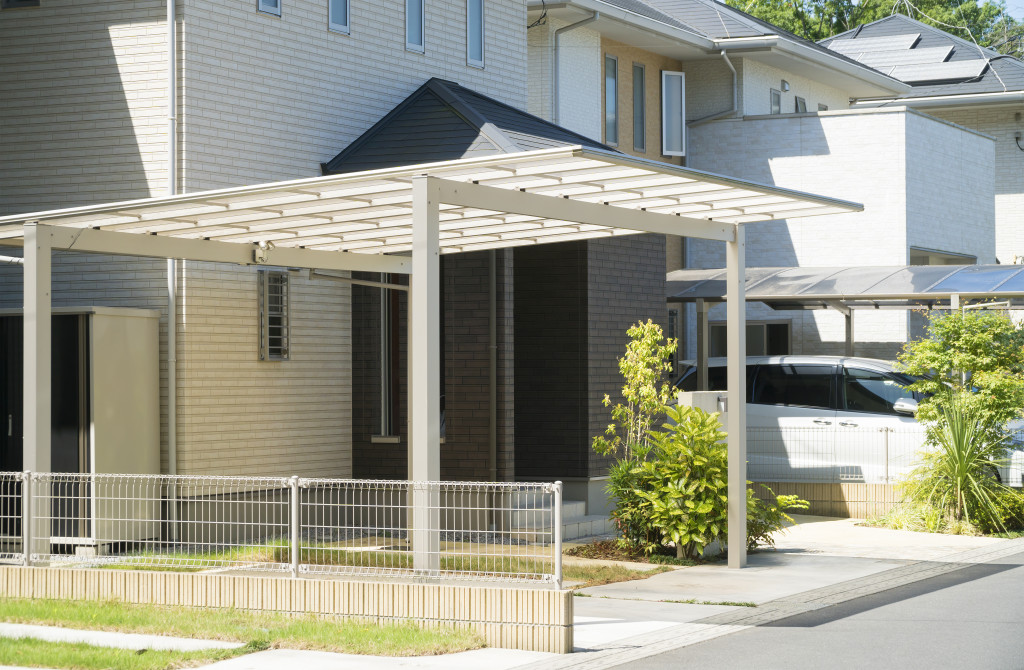The year 2020 has been recorded as the world’s hottest year, according to NASA. It is anticipated to get hotter as each year passes by and as climate change starts taking a toll. As the global population rapidly expands, the more our carbon footprint increases.
Because of this, eco-friendly and sustainable solutions are being promoted in hopes that we can still curb the effects of climate change. But climate change and global warming cannot be stopped by doing minimal tasks. If the goal is to curb climate change as early as 2080, we have to start changing the way we live. This entails making a lifestyle change with how we choose our housing, how we choose our appliances, and how we live every day.
The Impact of Regular House Designs
Buildings and their construction contribute to 39% of carbon dioxide emissions annually. And depending on how it is constructed and the materials used, these buildings may need more energy. This can also directly affect the emissions they cause. This implies that buildings and houses that do not consider their sustainability can be harmful to the environment in the long term. As the population grows all over the world, the need for housing also increases. Because of this, it creates the opportunity to build more houses without having a massive impact on greenhouse gas emissions.
While concrete and other materials are sturdy for construction needs, they also affect how environmentally friendly the building is. With the use of these materials, it can be hard to maintain heating and cooling. This is crucial right now since we are starting to experience the extremes of the climate. This is also why many houses rely on expensive cooling and heating systems installed.
To curb the effects of climate change while being able to accommodate the needs of the population, we need a cheap and sustainable solution. By changing the way houses are designed, we can transition from a house with high energy requirements to another that is an ultra-energy saver.
So What’s a Better Alternative?
What’s next for improving the way we build our homes then? Sticking to alternative designs and building styles that are eco-friendly is a solution. One style that is affordable, eco-friendly, and super energy-saving is the Passive House design. Passive houses are built to be power-saving and efficient by using materials that promote heating and cooling systems without the use of heaters and air-conditioning systems.

Skilled architects work hand in hand in combining materials that make it not only eco-friendly but also ultra-high energy-saving as possible. The main concept of a passive house design is to use natural sources of heating and energy. This includes the use of solar energy, natural lighting, and eco-friendly construction materials such as wood. Most of these passive houses are powered using solar energy. It makes energy costs cheaper than regular power grid-sourced electricity. One interesting feature about passive houses is that they’re also sealed-airtight. This means that the house can self-heat and cool itself while maintaining high air quality.
One might think that passive houses are expensive. But if the actual benefits and costs are analyzed, this house design is cheaper in the long term. Remember that with this kind of house, you don’t need to invest in expensive heating and cooling devices to keep your home at an optimal temperature.
Is It Worth Considering This Style?
If you’re opting for a sustainable house, a passive house design is certainly worth considering. These houses are the future of housing. With the climate crisis gaining more attention, we are bound to change how we live.
It also poses perks for people occupying the house. Costs and bills are significantly reduced because of renewable energy sources such as solar energy. It is a win-win for the environment and people looking for cheap but comfortable housing.
Sustainable, eco-friendly solutions are bound to take over in efforts to reduce our greenhouse gas emissions. What would happen when the world’s building design shifted into the use of passive architecture? We would be able to dial down our carbon footprint by decreasing the energy consumption we need in our infrastructures.
Passive houses as a design are also not limited to houses. Passive houses are a revolutionary way of designing spaces to be helpful for the environment. The concept of passive houses should also be considered when creating buildings and offices. As climate change is evolving the way the Earth works, architects and engineers are also expected to adjust to this change.


